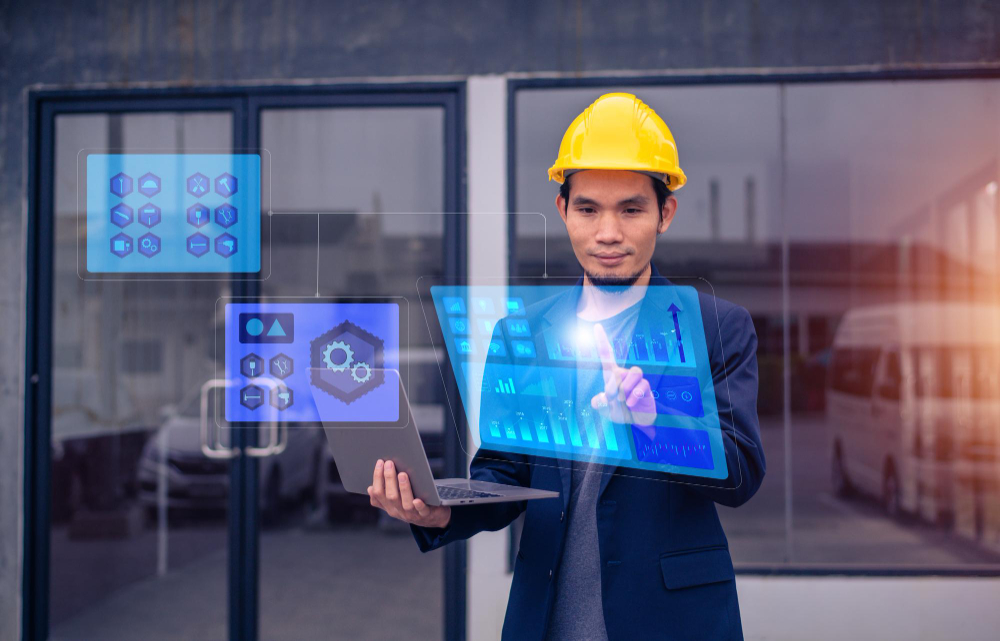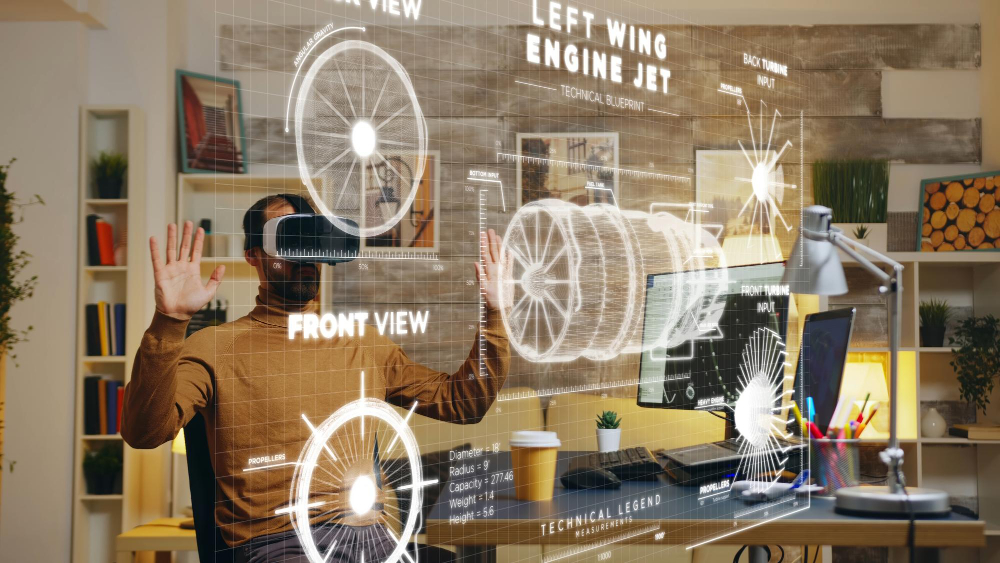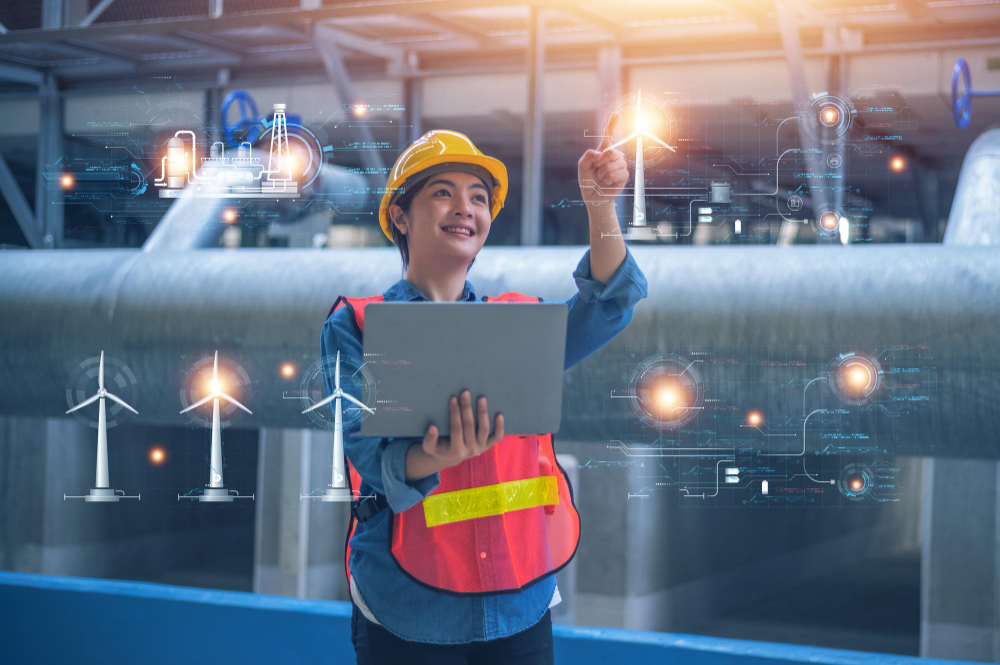Edge-to-Cloud Integration: Optimizing Data Flow in Smart Factories

Key Challenges in Smart Factory Data Flow Optimization Smart factories are experiencing rapid advancements in technology, enabling seamless data flow optimization. However, amidst this progress, several key challenges have emerged. One major obstacle is the integration of diverse data sources from various production systems, leading to complexity and data silos. This can hinder the smooth […]
Quality Assurance in Smart Factories: Leveraging AI for Defect Detection

Overview of Smart Factories Smart factories, also known as smart manufacturing or intelligent manufacturing, are an integral part of the Industry 4.0 revolution. These advanced manufacturing facilities leverage cutting-edge technologies like the Internet of Things (IoT), big data analytics, robotics, and artificial intelligence to automate processes and improve operational efficiency. By seamlessly integrating physical production […]
Human-Centric Design in Smart Factories: Prioritizing User Experience

Human-Centric Design: A Brief Overview Human-Centric Design puts the focus on understanding and addressing the needs, preferences, and behaviors of the end-users in the design process. By prioritizing user experience, this approach aims to create products and systems that are intuitive, efficient, and satisfying to use. In the context of smart factories, human-centric design plays […]
The Evolution of Smart Factory Data Analytics: From Descriptive to Prescriptive

Evolution of Smart Factory Data Analytics Smart factory data analytics have undergone a significant evolution in recent years, shaping the way manufacturing processes are managed and optimized. Initially, smart factories relied heavily on descriptive analytics, which involved the use of historical data to understand past performance and trends within the manufacturing environment. While descriptive analytics […]
Augmented Reality in Smart Factories: Bridging the Physical and Digital Worlds

Key Concepts of Augmented Reality Augmented reality (AR) is a technology that overlays digital information onto the real world, enhancing the user’s perception and blending the physical and virtual environments seamlessly. It allows users to interact with 3D models, animations, and other digital content in real-time through devices such as smartphones, tablets, and smart glasses. […]
Blockchain for Transparent and Secure Supply Chains in Smart Factories

How Blockchain Technology Works Blockchain technology functions as a decentralized and distributed digital ledger system that records transactions across a network of computers. Each block in the chain contains a cryptographic hash of the previous block, timestamped transaction data, and a unique identifier. Once a block is added to the chain, it is nearly impossible […]
Cloud Computing: Empowering Scalability in Smart Factory Operations

The Role of Cloud Computing in Smart Factory Operations Cloud computing plays a pivotal role in transforming smart factory operations by providing a scalable and agile infrastructure for manufacturers. By leveraging cloud technologies, smart factories can efficiently collect, store, and analyze vast amounts of data in real-time, enabling them to make data-driven decisions promptly. The […]
Digital Twin Technology: Revolutionizing Smart Factory Design and Simulation

Benefits of Implementing Digital Twin Technology in Smart Factory Design Digital twin technology offers a myriad of benefits when integrated into smart factory design. Firstly, it enables real-time monitoring and analysis of operations, providing valuable insights for optimizing efficiency and productivity. By creating a digital replica of the physical factory environment, manufacturers can simulate different […]
Energy Efficiency in Smart Factories: A Sustainable Approach to Manufacturing

Challenges in traditional manufacturing processes Traditional manufacturing processes often face challenges stemming from outdated equipment and machinery. These outdated tools can result in inefficiencies in production, leading to increased downtime and maintenance costs. Additionally, manual processes in traditional manufacturing can be prone to human error, impacting the quality and consistency of output. Another common challenge […]
Smart Factory Cyber-Physical Systems: Enhancing Connectivity and Control

Key Components of Cyber-Physical Systems in Smart Factories Cyber-physical systems (CPS) in smart factories consist of interconnected components that merge computational algorithms and physical processes. These systems rely on a network of sensors and actuators to collect and exchange data in real time. One key component is the integration of cloud computing infrastructure, enabling seamless […]
